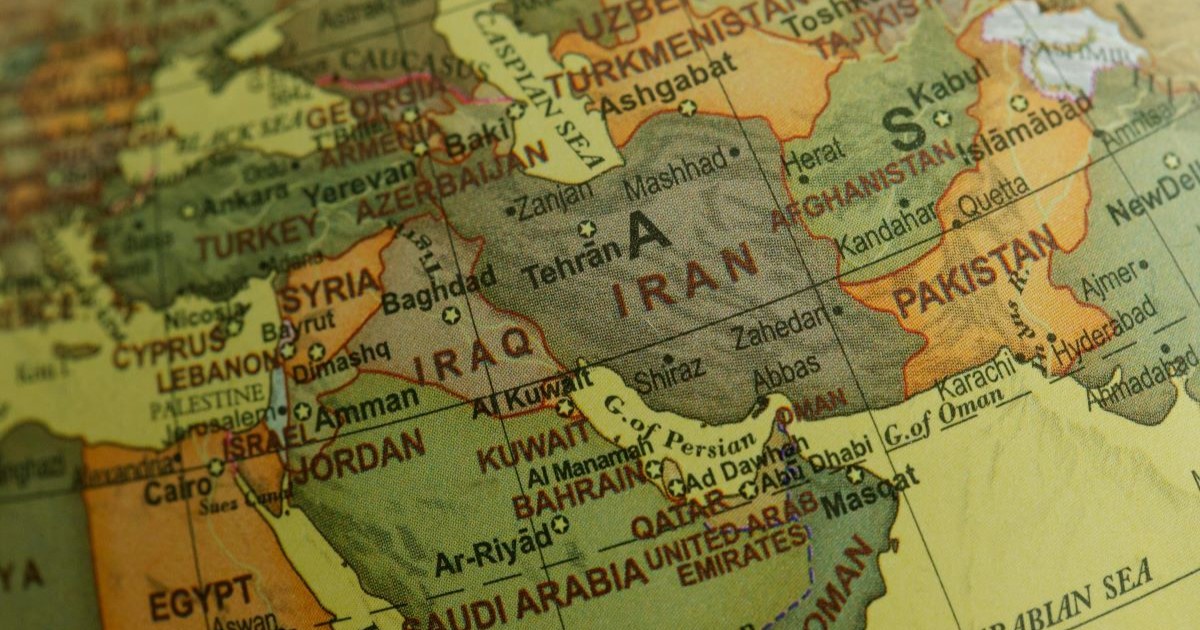
Pexels
Around 60,000 years ago, something massive occurred that changed the way of life for our predecessors – Homo sapiens – and thus, us, forever.
Over several waves, they started to migrate out of Africa, the place where they’d first come to be 300,000 years ago.
Why? Well that matter remains something of a mystery.
But the way in which groups of Homo sapiens left the continent, traversing more and more of our planet until they found other places to settle, is a topic of hot debate amongst the scientific community.
One of the key mysteries, the routes that they took and the destinations that they sought out, has long been discussed, with new research unveiling a key migratory hub for our ancestors all that time ago.

Pexels
According to an international team of researchers from Griffith University in Australia and University of Padova in Italy, the Persian plateau – a flat area of land stretching across Iran, Afghanistan and Pakistan, sandwiched between mountains and the sea – formed a kind of hub from which our ancestors migrated.
With many of those Homo sapiens en route to Eurasia, this formed a North Easterly path from Africa and across to the new continent, in which many settled.
The research, which has been recently published in the journal Nature Communications, models potential migration routes through genetic and paleoecological methods, to conclude that all Eurasian settlers had, in fact, migrated through this Persian hub.
With genetic evidence sourced from past and present residents of the area, the research team proved that not only did the majority of migrants travel through the Persian plateau, many settled there too.

Pexels
As well as highlighting the importance of the geographical area to the early steps of our ancestors, the study suggests that the Persian plateau could be a vital place for further archaeological study, as we potentially unlock further secrets from our past, as co-author Professor Michael Petraglia, Director of Griffith University’s Australian Research Centre for Human Evolution explained in a statement:
“Our multidisciplinary study provides a more coherent view of the ancient past, offering insights into the critical period between the Out of Africa expansion and the differentiation of Eurasian populations. The Persian plateau emerges as a key region, underlining the need for further archaeological explorations.”
So too, the study answers long-unexplained questions about the great Homo sapiens migration:
“The discovery elucidates a 20,000-year-long portion of the history of Homo sapiens outside of Africa, a timeframe during which we interacted with Neanderthal populations, and sheds light on the relationships between various Eurasian populations, providing crucial clues for understanding the demographic history of our species across Europe, East Asia, and Oceania.”
With its vital new answers, this study could be pivotal in our understanding of when, how, and why our ancestors embarked on their big move.
If you think that’s impressive, check out this story about a “goldmine” of lithium that was found in the U.S. that could completely change the EV battery game.
Categories: HISTORY, SCI/TECH
Tags: · afghanistan, africa, eurasia, homo sapiens, iran, mass migration, migration, out of africa, pakistan, persian plateau, science, single topic, top
